Dear Editor:
I wish to commend you for your recent article in the April/May issue on the 761st Tank Battalion. As the first African American armored unit in the history of the U.S. Army, this unit fought with great distinction. It is clear that the actions of these brave men helped pave the way for integration within all armed services.
During a recent ceremony at the French ambassador’s residence, I had the honor of meeting Mr. Harold Hayward, one of the fine soldiers who fought as part of the 761st. Mr. Hayward received the French Legion of Honor, alongside Mr. Joseph L. Argenzio, a member of the 16th Regiment of the 1st Infantry Division and a veteran of the D-Day invasion, as well as our own Army chief of staff, General George W. Casey, Jr. In my discussion with Mr. Hayward, I discovered that he enlisted in the U.S. Army at the age of 21 while still attending college. Two years later, he shipped out to France and landed at Omaha Beach on October 10, 1944, as part of the 761st Armored Battalion, fighting bravely for 183 consecutive days before being relieved. Mr. Hayward’s is one of the many amazing stories from the 761st that have served to shape the Army and make us what we are today: Army Strong.
As a currently serving soldier, I greatly appreciate your publication bringing to light the outstanding efforts of the gallant men of the 761st. They had a direct and positive impact on the history of our Army and that of our nation.
Anthony A. Cucolo III
Major General, U.S. Army
USS Chatelain and U-505
Dear Editor:
I read with great interest the article, “Holding the Line on the High Seas” (January 2008 issue). Someone obviously provided the author with some incorrect information. The article states, “On June 4, 1944, the Pillsbury forced U-505 to the surface off the Cape Verde Islands.” That is incorrect. It was the USS Chatelain (DE 149), on which I was serving, that located by sonar contact, dropped depth charges, and forced U-505 to the surface off French West Africa.
Boarding parties from the USS Pillsbury and the aircraft carrier USS Guadalcanal went aboard the submarine which the Germans had been forced to abandon, leaving a scuttling valve open, and the two boarding parties were able to keep the sub afloat. It was then towed to Bermuda and left there for secret study.
The capture was not accomplished by any one ship. It was a team effort by Task Group 22.3, Atlantic Fleet. The whole task group was awarded the Presidential Unit Citation for this action.
E. Harold Roy, Pastor
Crestwood, Kentucky
Information Request
Dear Editor:
I am writing to you as a publication that deals with World War II matters in the hope that your readers may be able to provide me with some information, either as actual participants, as individuals having indirect knowledge, or as the children or grandchildren of participants. I fear I may have waited too long in this request as the World War II generation is leaving us at a rapid rate, but here goes.
There are two incidents, both occurring in Italy during World War II. In the first incident, which occurred near Anzio after the landing, a small SS unit came upon a group of U.S. soldiers hiding in a wooded area. The lieutenant described the patch worn by the Americans as blue and white stripes (3rd Infantry Division). The American lieutenant shot the SS lieutenant with his .45, striking him in his magazine pouches. He was not injured. The Americans were taken prisoner, held for several days, then released so the Germans could “break out.” The SS lieutenant kept the .45 as a trophy and has it to this day. The second incident occurred in northern Italy sometime later and involved the same SS lieutenant and his unit. During the night they were surrounded by either a U.S. armored unit or mechanized infantry unit. Instead of being disarmed, the SS and Americans spent several days chasing Italian partisans until the Germans were finally disarmed in a manner the SS lieutenant referred to as “dishonorable.”
In 1988 my son, an active-duty Army doctor, examined a retiree at Fort Gordon, Georgia, who confirmed the latter incident had occurred, however, my son failed to get his name.
Any help/information your readers may be able to provide would be greatly appreciated.
Wallace Brucker
Eleva, Wisconsin
Atomic Bomb Controversy
Howdy:
Hindsight is generally more accurate than foresight. In Sam McGowan’s “Fateful Decision” (June/July 2008 issue) such is not the case. He gives a fairly comprehensive abstract of the progress of the Pacific War. None of his arguments that dropping the bomb was not President Truman’s responsibility are wrong. Truman could have stopped the use of the bomb had he so desired. Thank you, Harry, for giving it the go-ahead. If that is biased on my part, so be it.
I was on the island of Cebu undergoing training preparatory to the November 1945 invasion of Japan when Japan surrendered on August 14, 1945, after having had two atomic bombs detonated over two of the Japanese cities.
McGowan’s article is a condemnation of that action and near the end of the article he says Japan would have surrendered by November or no later than December 1945 in any event. That is a wild-assed guess on his part as is the idea that the homeland Japanese would not have died gloriously in support of their emperor while killing as many Allied soldiers as possible in the process.
So I am one of those who disagree with McGowan’s assessment of what might have been. I look reality in the face and see what was, not what might have been.
Zane E. Jacobs
Seaside, California
Dear Editor:
Sam McGowan either ignored or missed a very important part of the research for his article about the U.S. decision to use the atomic bombs on Japan! His article has a lot of correct information regarding that time in history, but, as a result of his oversight, it is very one sided and naive.
Japan had two atomic bomb research programs—one directed by the Imperial Navy and the other by the Japanese Army. (One of them was in what is today North Korea.) Although we did not know just how close they were to having a bomb, few had any doubt that, if they were successful, the Japanese would not have hesitated to use it against us.
What we did know is that on May 14, 1945, after the German surrender, one of their subs, the U-234, was boarded in the North Atlantic by men of the USS Sutton, a U.S. destroyer. It was taken to Portsmouth, N.H., where it was found to have as partial cargo 1,213 pounds of uranium oxide, enough fissionable material for two atomic bombs. The manifest of the sub gave Japan as the destination of the uranium and the crew verified that. They also told our interrogators that another sub with similar cargo had been en route to Japan at the same time. That one was never heard from again, however.
If adequate uranium fuel was all that Japan needed, the first cities to experience atomic devastation could have been American! The delivery system for the Japanese could have been one of their huge I-400 class submarines, the largest in the world at that time. Two of them had departed Japan, headed east, on July 23, 1945, and, with a range exceeding 30,000 miles, could easily have made it to our west coast. These two subs could have taken atomic bombs to San Diego and San Francisco, had they been ready by then, or later, if we had not used ours first.
President Truman undoubtedly knew about the U-234—how could he have made any decision other than the one he did? We could stop the insanity forthwith, and we did!
Louis M. Linxwiler, Jr.
Mesa, Arizona
Note: Opinions expressed in “Dispatches” do not represent those of the writers, editors, or staff of WWII History or Sovereign Media.
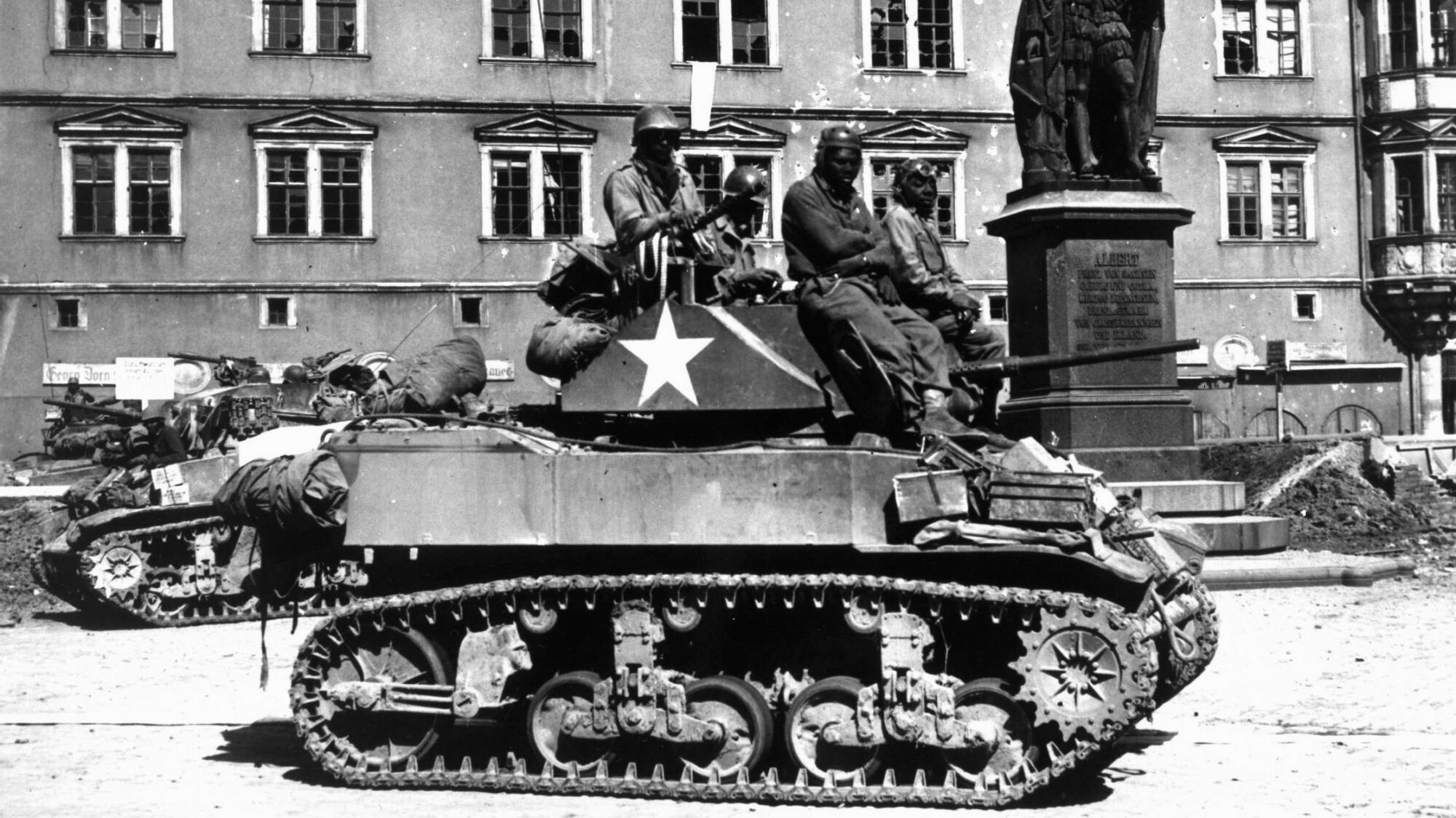
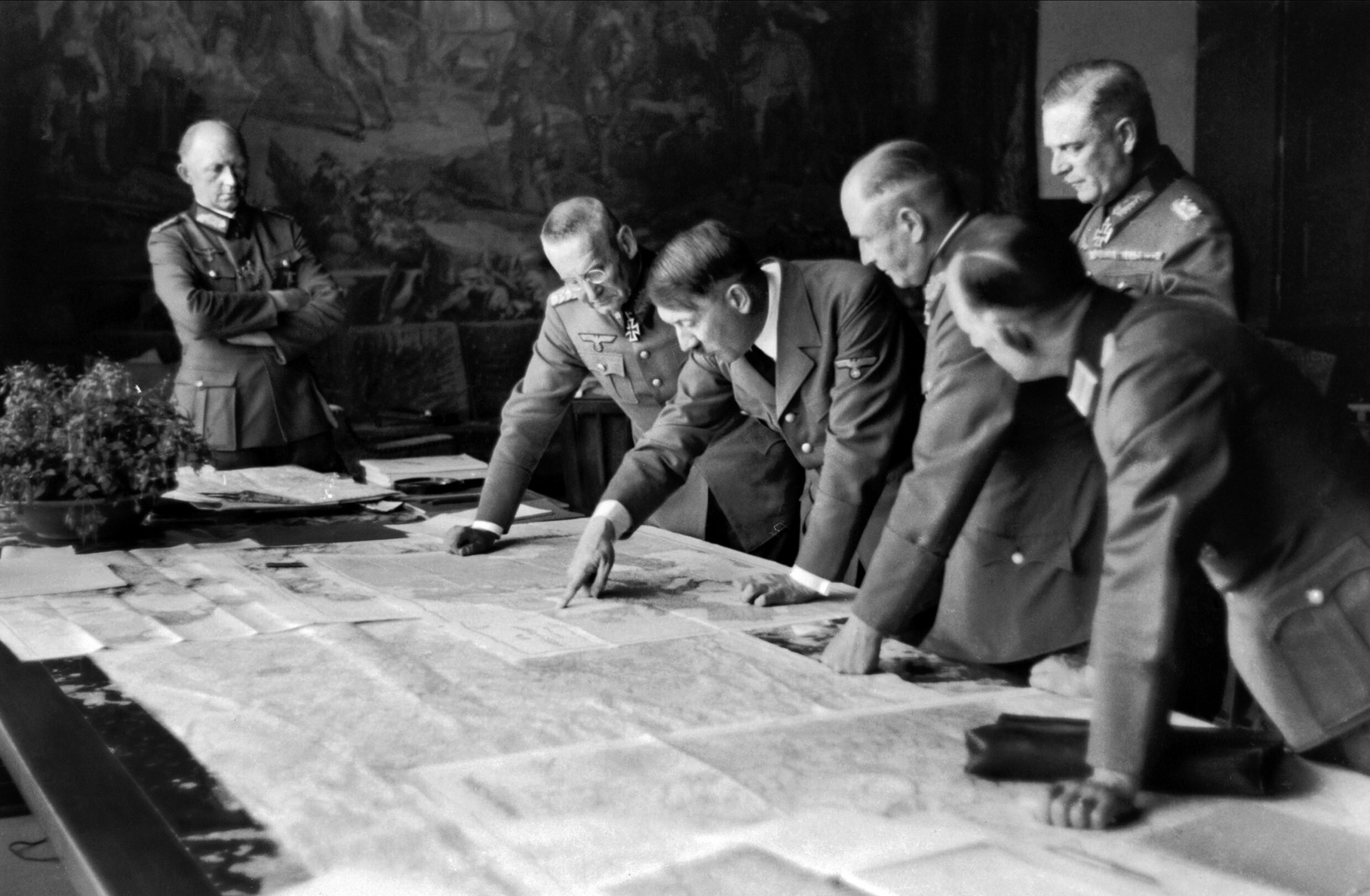
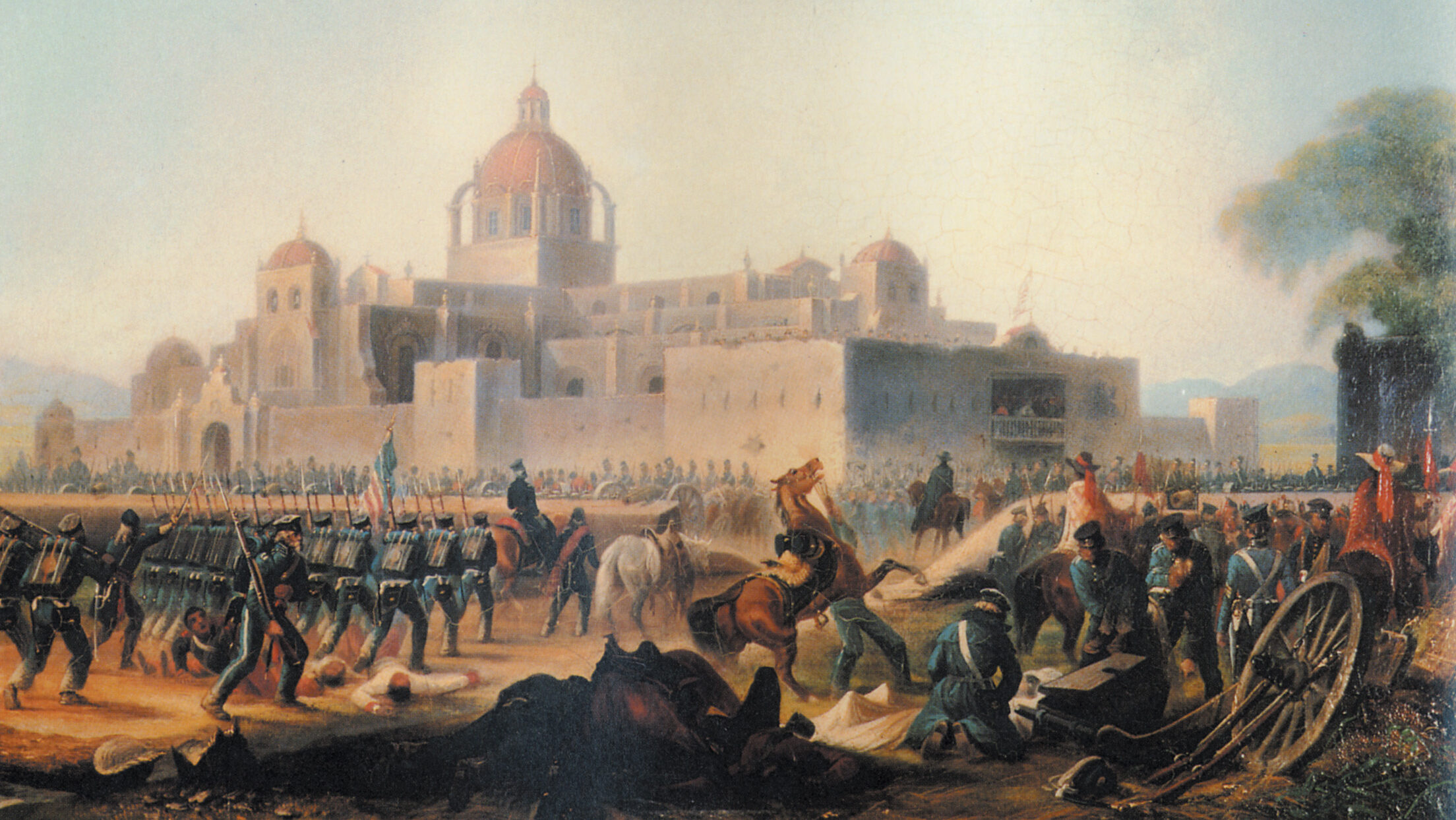
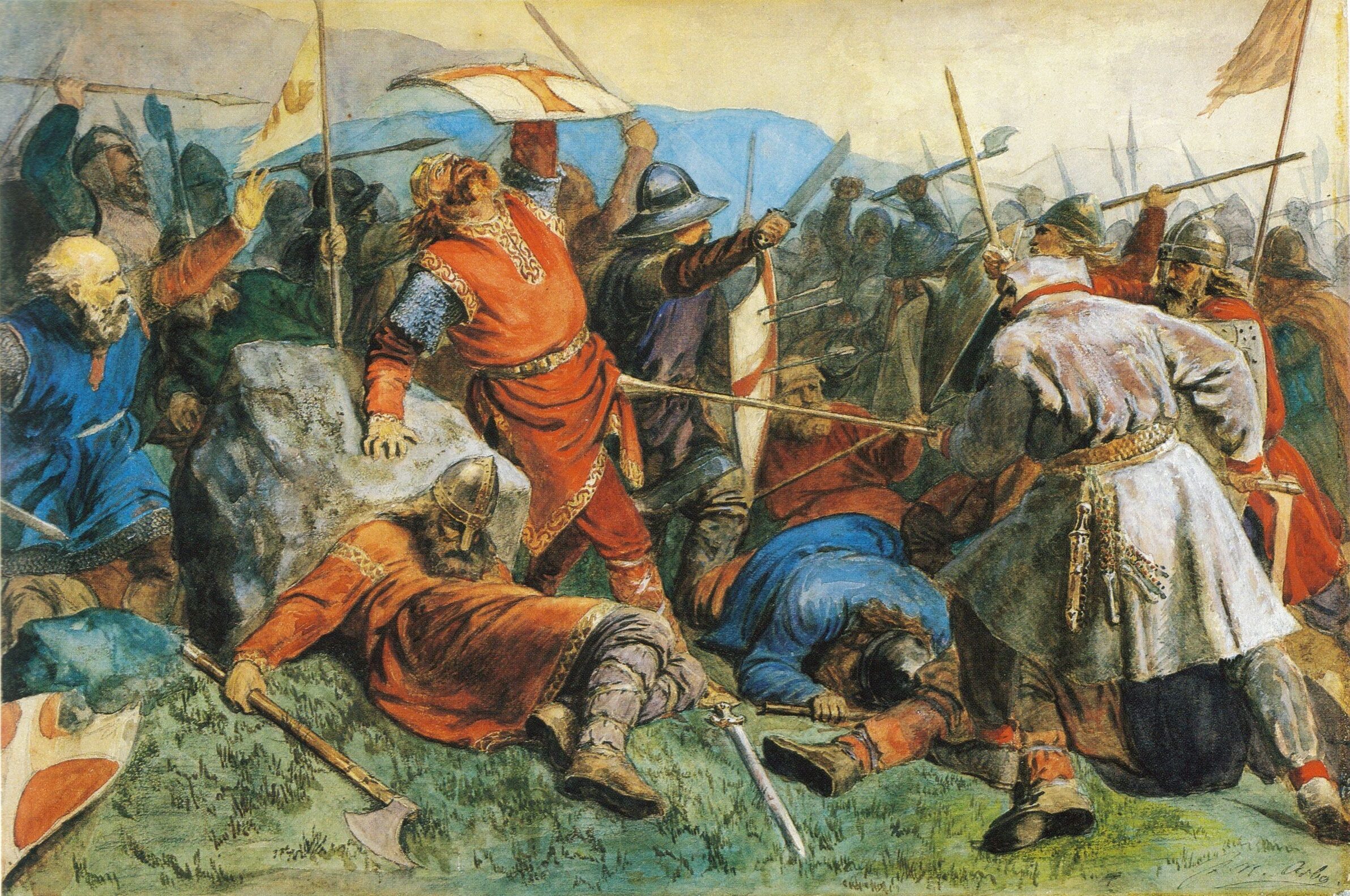
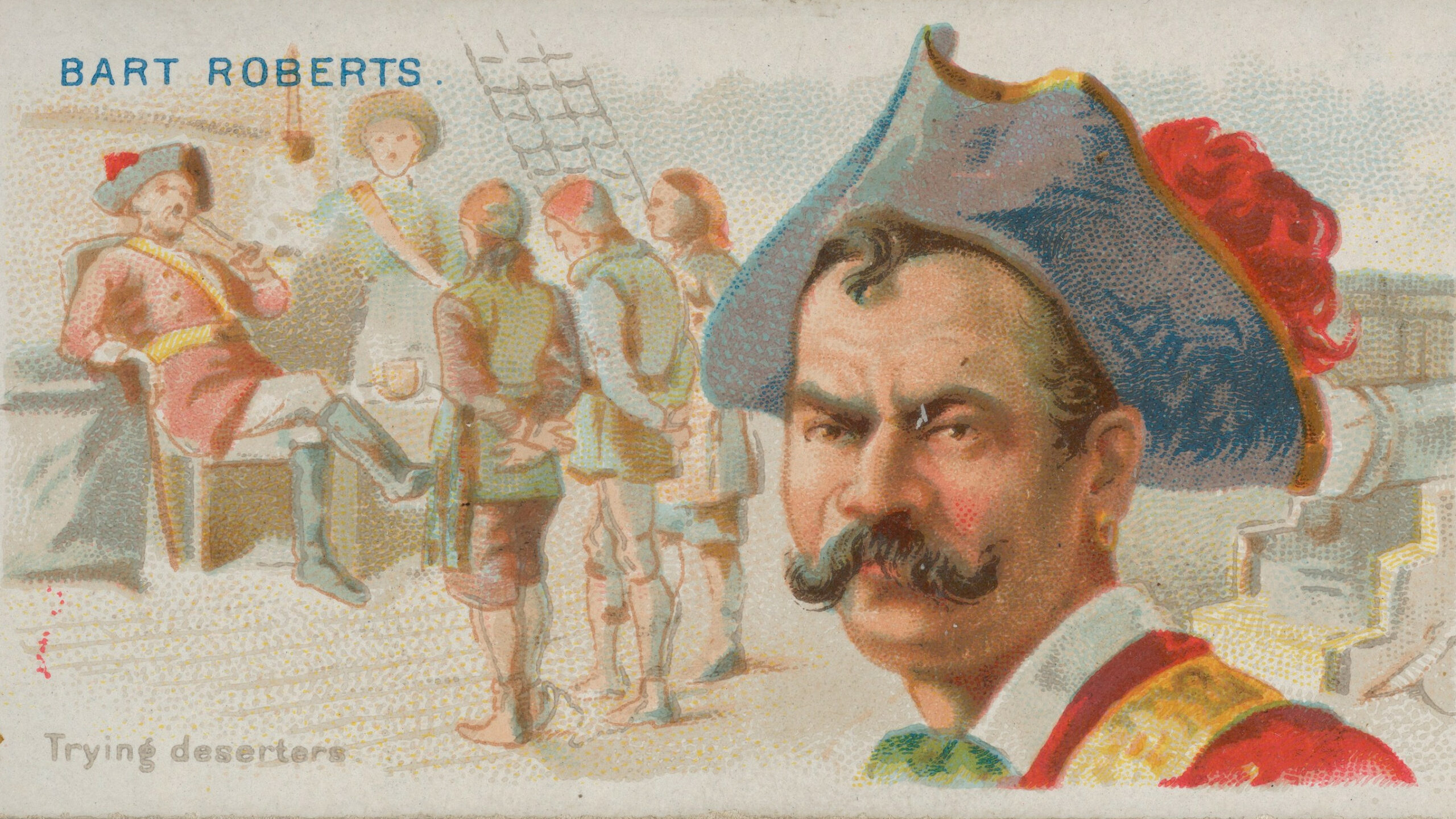
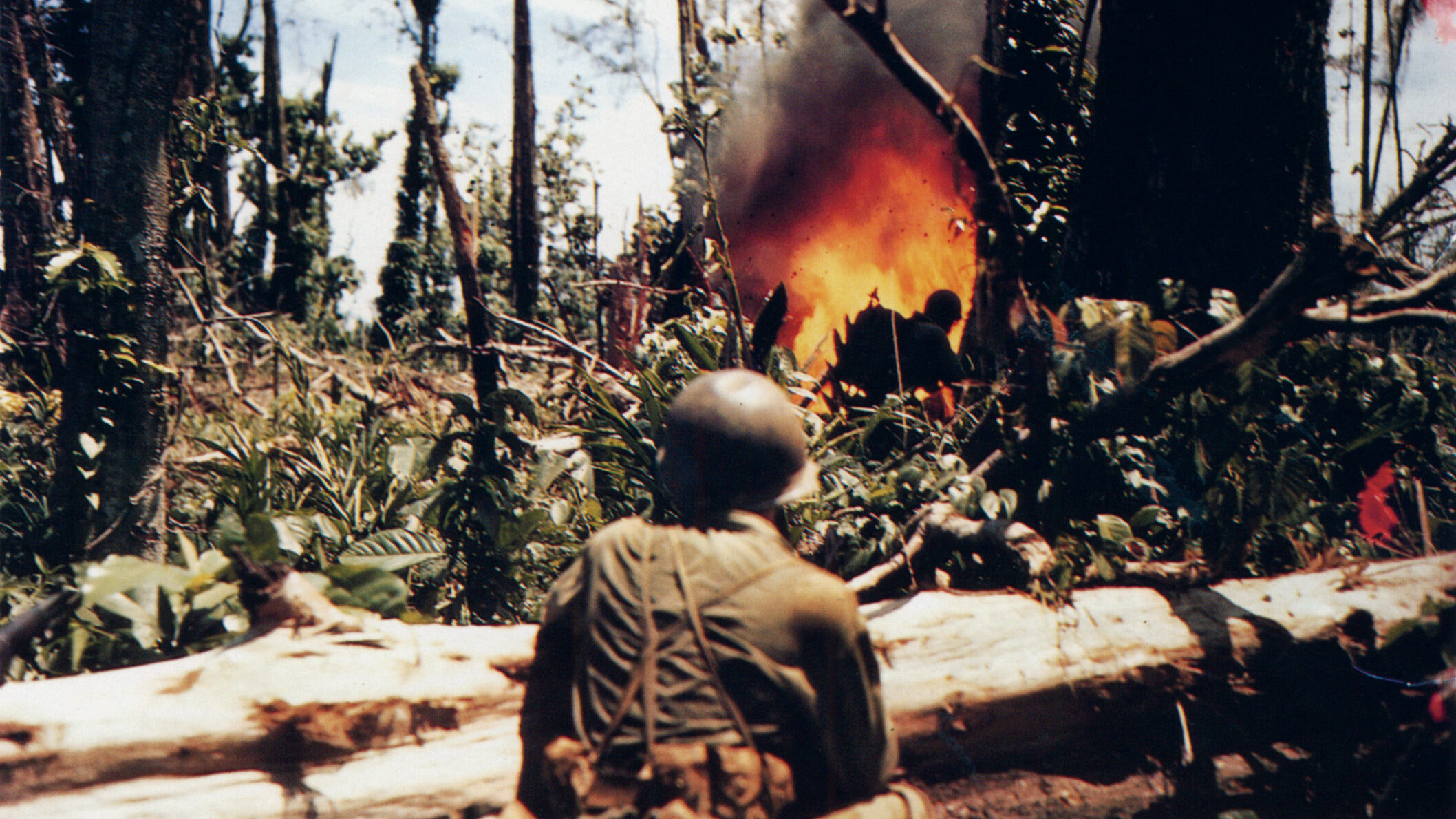
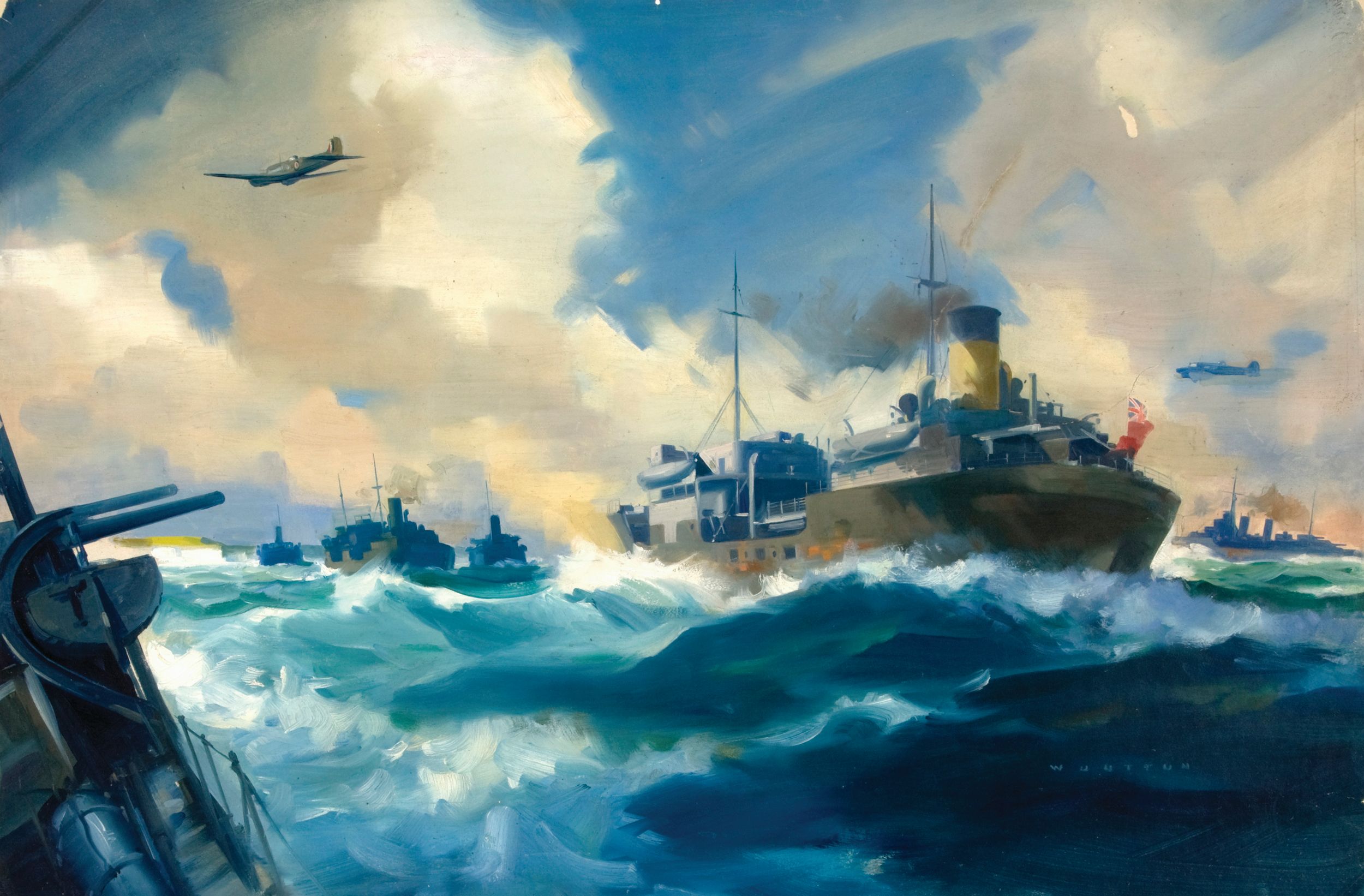
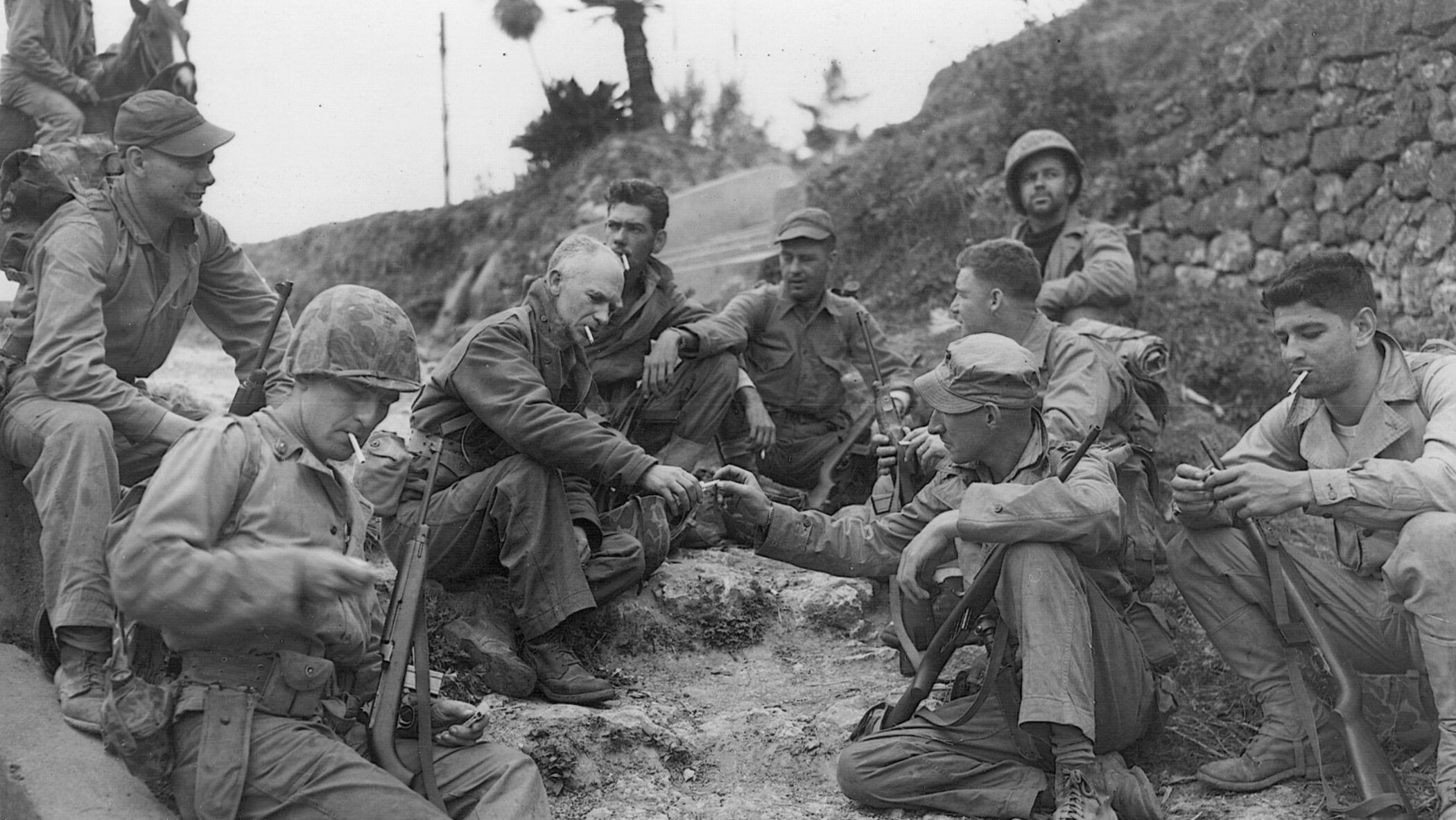
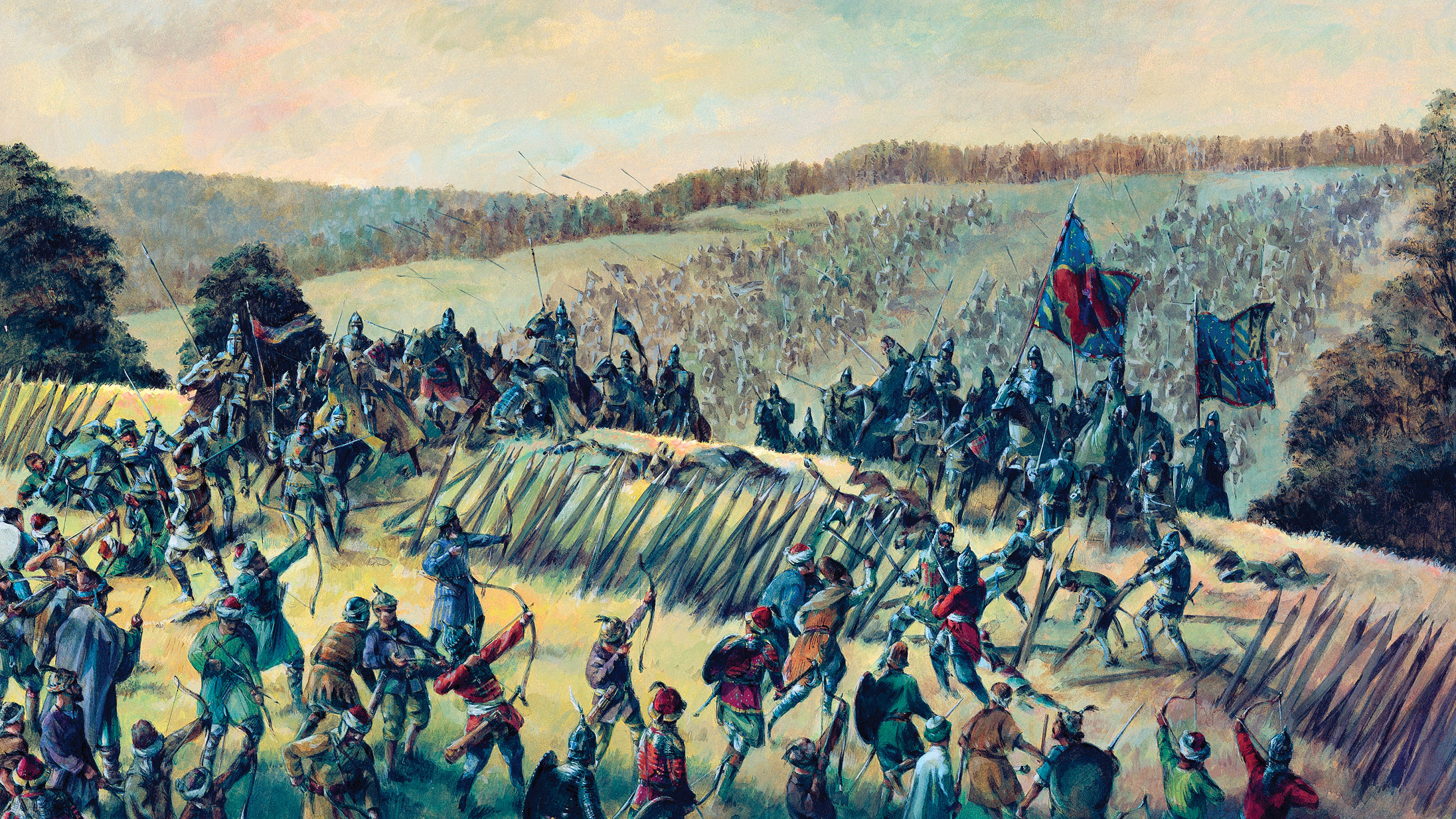
Join The Conversation
Comments
View All Comments